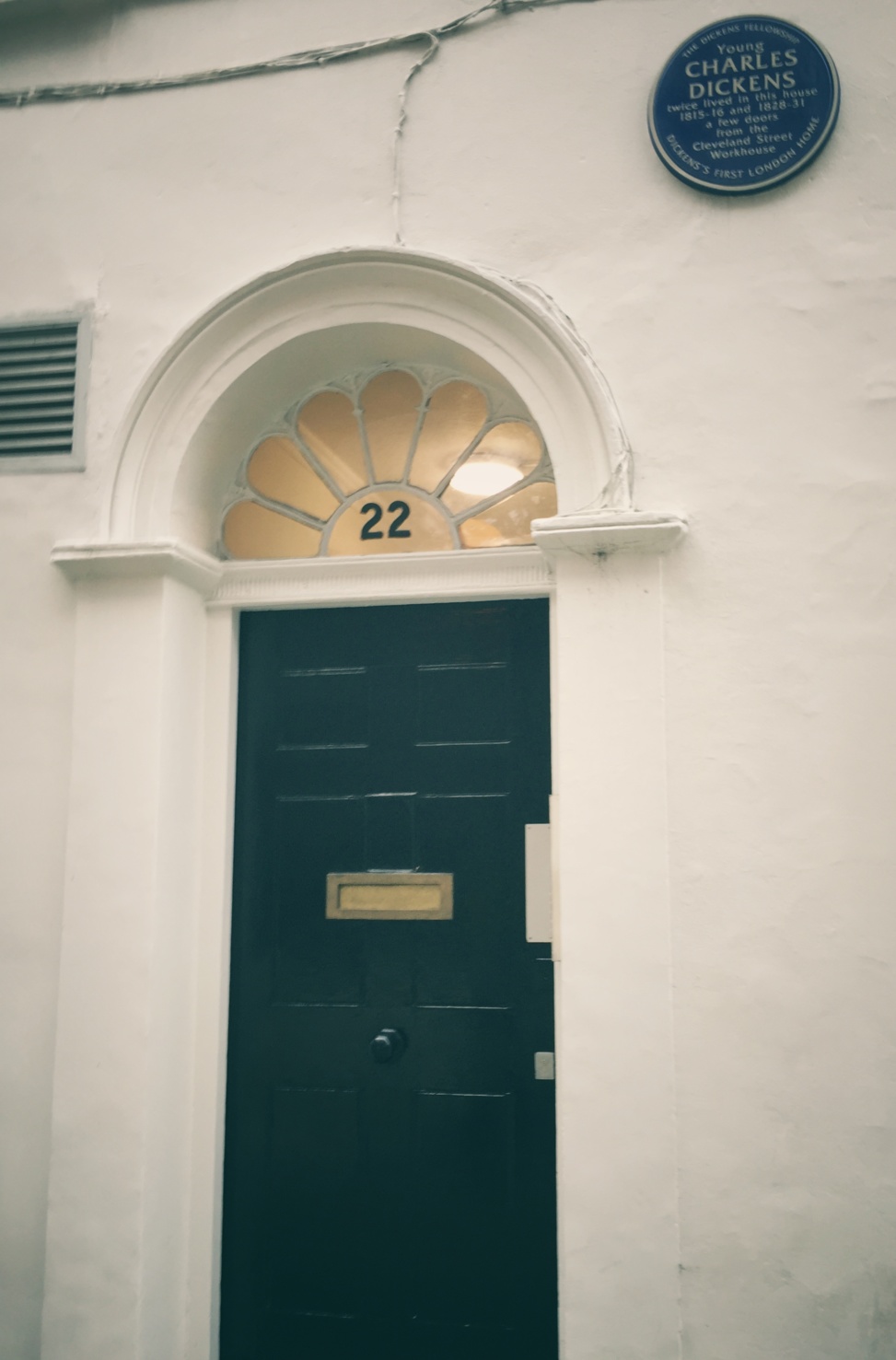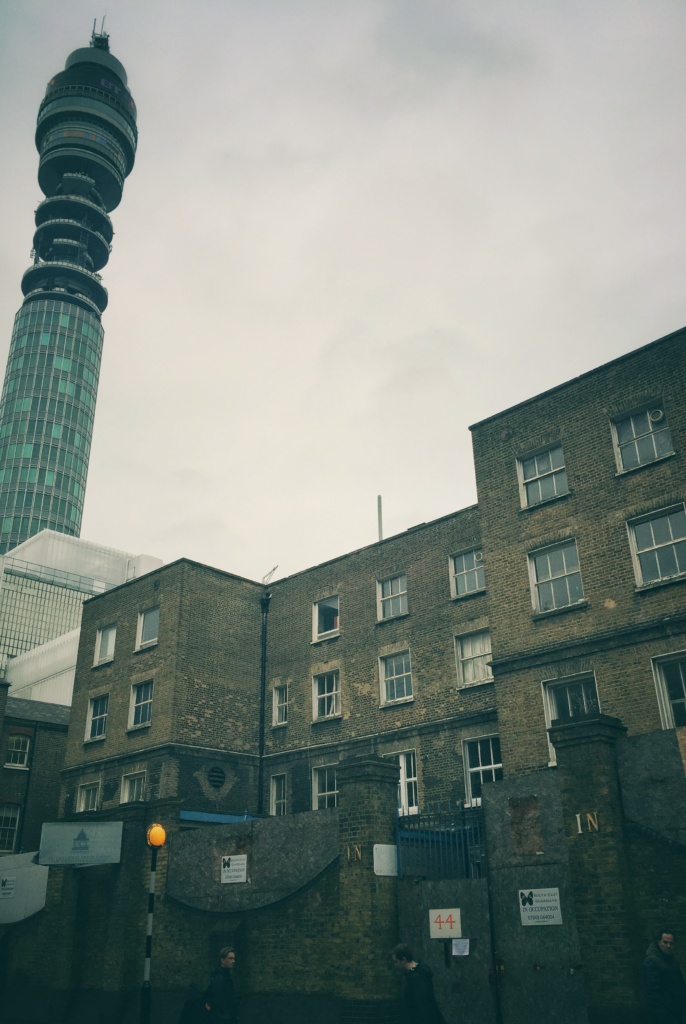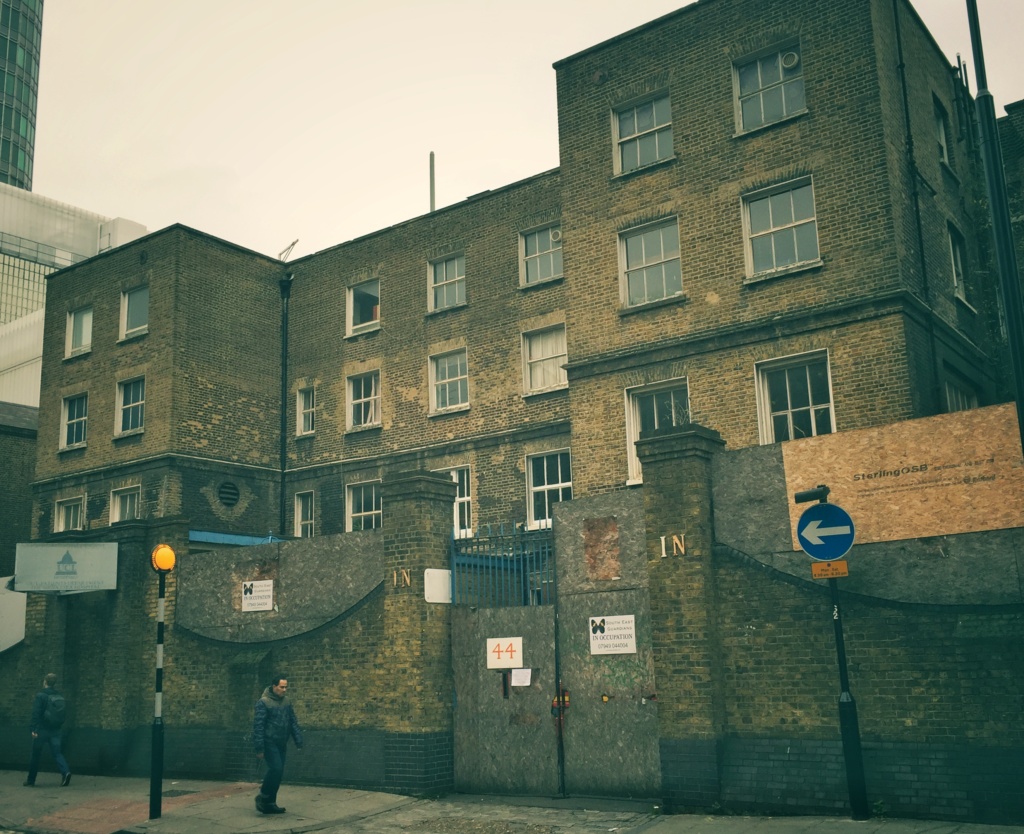Walking along Cleveland Street in the direction of the Euston Road there is a small Georgian house at no.22, now an old-fashioned shop selling buttons, with a black door and a blue plaque. The plaque, which caught my eye and made me cross the road, tells you that Charles Dickens lived in this house in two spells. The first was from 1815 (the year that Napoleon was defeated at Waterloo) until 1816 when the young Dickens would have been three or four, which makes it his first London home after the family moved from Kent. The second time was between 1829 and 1831 when he would have been at the end of his teenage years. Dickens would have known the house as being in Norfolk Street, as the southern part of modern Cleveland Street was called until it’s name was changed later in the century.
In between those two periods, Dickens debt-laden father moved the family around London seeking cash and midnight-flitting to avoid paying rent. In 1824 the father ran out of road and was imprisoned in Marshalsea, the debtors prison, along with all of the family except Charles who was working full time to support the family. He was twelve. Understandably it made a great impression on the young boy.
A few doors up on Cleveland Street a large building threatened the neighbourhood; the local workhouse where the poorest of the poor were forced to seek refuge, eking out a harsh existence exchanging exhausting manual labour for a roof over their heads and subsistence levels of food. Not a place you’d want to end up but one that the Dickens family must have fitted the profile for.
You may have seen the film Oliver, where the young hero, experiences the hardships of Mr Bumble’s horrible workhouse and commits the sin of asking for more gruel. The book on which the film was based was of course Dickens’ Oliver Twist which he wrote six years after moving from Norfolk Street for the final time in 1837. It is almost certain that the basis of Bumble’s fictional workhouse has its roots in the Cleveland Street incarnation.
Over time, the workhouse became an infirmary and was then gobbled up into the Middlesex Hospital in 1926 and has done service in the NHS. Its currently targeted for demolition to make way for another modern monstrosity.


